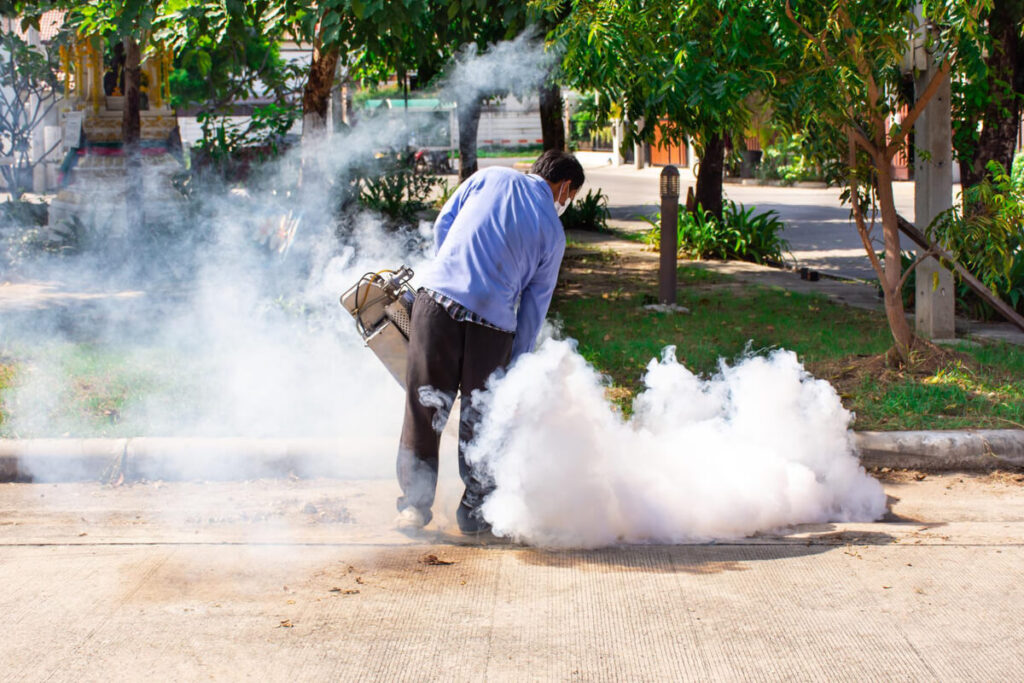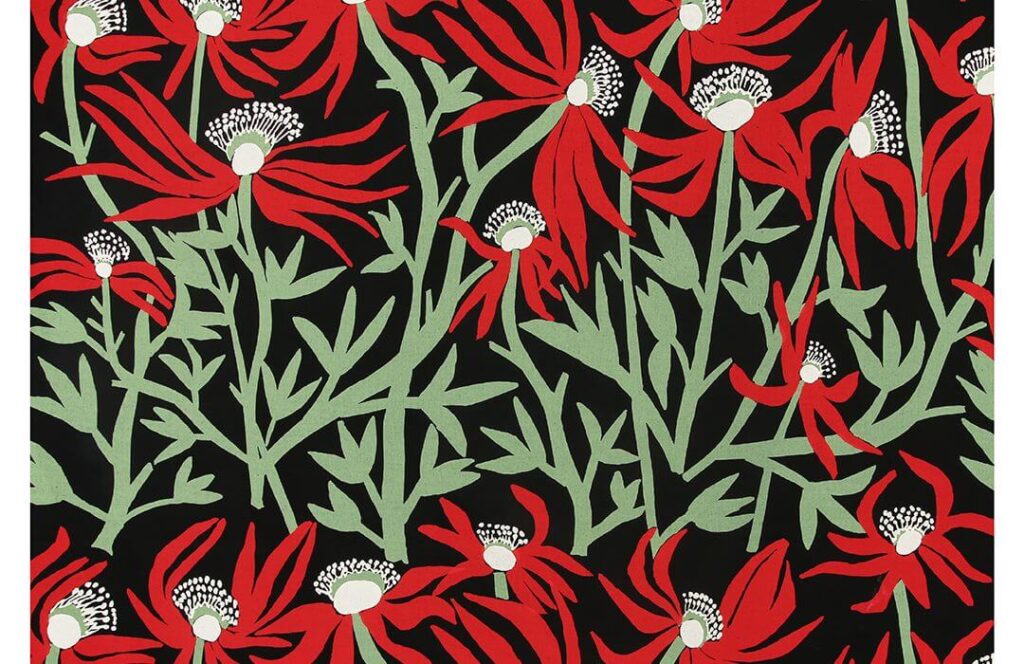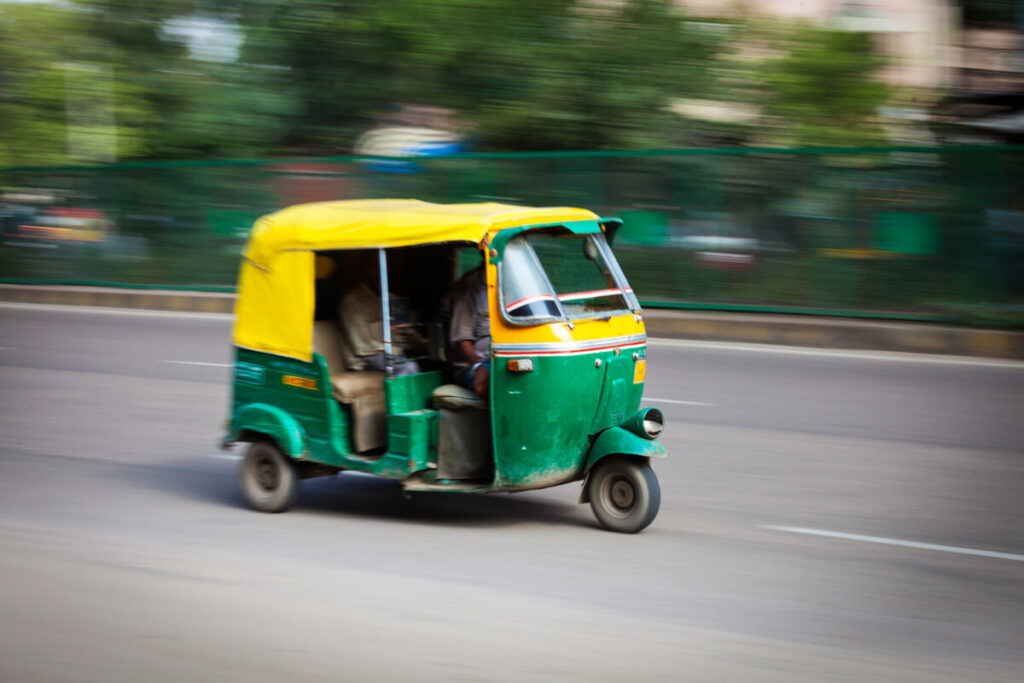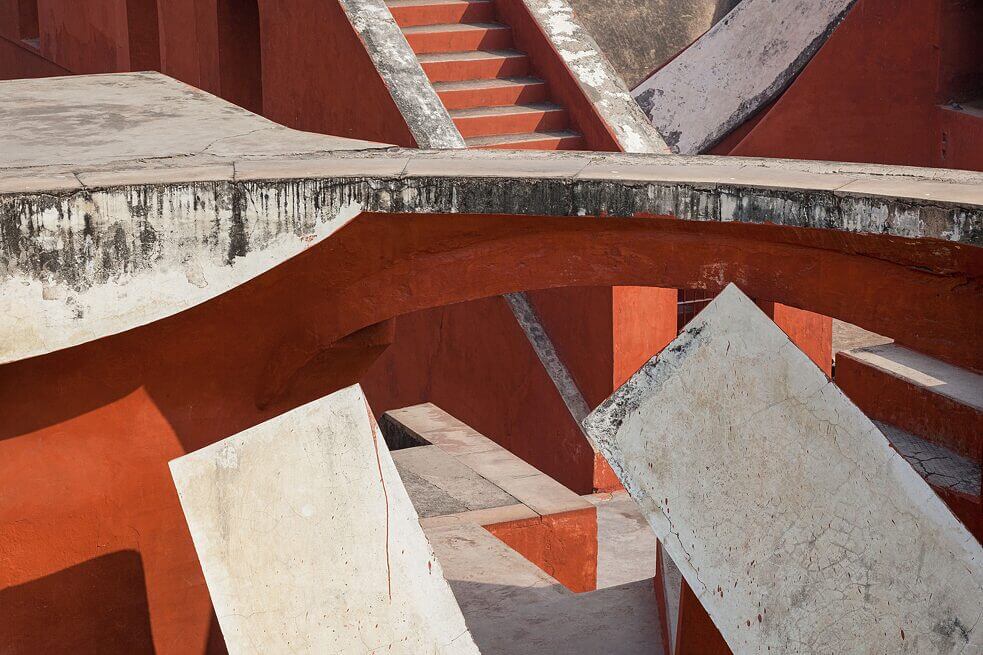Good morning, Bengaluru!
☀️ Today’s weather: Sunny and warm.
🧐 Did you know? Chickpet was old Bengaluru’s central commercial area. The old city had Doddapete, meaning ‘Big City’, and Chickpet or Chikkapete, meaning ‘Small City’, that ran east-west. Textile from the bylanes of Chickpet was a favourite even in the Mysuru royal family.
🦟 IISc will predict dengue cases

The AI and Robotics Technology Park’s AI dashboard will help Bengaluru’s civic body prepare for a dengue spike.
Story so far: Before the monsoon season comes back this year with a bite, the Indian Institute of Science (IISc) plans to be able to predict dengue cases in Bengaluru. Its ARTPARK is developing an artificial intelligence-enabled dashboard to forecast the location and timing of the mosquito-borne disease.
- ARTPARK signed a Memorandum of Understanding (MoU) with the Bruhat Bengaluru Mahanagara Palike (BBMP) 15 days ago.
- The dashboard will be fed 3 years’ dengue data from the BBMP, weather data from the India Meteorological Department, mobility data from the Bengaluru Metropolitan Transport Corporation (BMTC), and data on the city’s growth patterns.
Why it matters? The dengue dashboard will help the BBMP plan in advance by replenishing medicines, expediting building testing facilities, and undertaking preventive measures like fogging.
🪡 Weaving Aboriginal stories in textile art


A textile exhibition at the Bangalore International Centre pulls on the threads of Aboriginal history in Australia.
Story so far: Sarah Kirlew, the Australian Consul-General for South India, inaugurated ‘Jarracharra’, a textile exhibition by women First Nations artists from Bábbarra Women’s Centre from May 16 to 25 at the Bangalore International Centre, Domlur. ‘First Nations’ refers to the Aboriginal people in Australia.
- The exhibition includes woodblocks developed collaboratively at the Tharangini studio. It’s come to Bengaluru after a global tour including Kolkata, Mumbai, Delhi and Chennai.
- Bábbarra Women’s Centre supports Aboriginal women in the Maningrida community and its nearby homelands. The textile designs use contemporary mediums to depict ancient narratives.
Why it matters? A referendum, to be held later this year, will recognise the Aboriginals or the First Nations people in Australia. It’s needed because despite inhabiting the region for over 65,000 years, Australia’s 122-year-old Constitution doesn’t mention them.
- Aboriginal people represent only 3.2% of Australia’s population and fall below the average on most socioeconomic indicators.
🛺 Auto rickshaws get QR codes


Bengaluru’s Traffic Police hope to optimise traffic and safety by introducing QR code displays on autorickshaws.
Story so far: The Bengaluru Traffic Police (BTP) is introducing QR code-enabled displays to improve traffic management, safety, and transparency among auto-rickshaw drivers and commuters. It’s a part of the BTP’s action plan this year.
- Digital displays will replace printed QR code cards usually placed behind the driver’s seat in auto-rickshaws.
- It was piloted in January. Once approved, the initiative will cover three lakh autorickshaws. The authorities have already laid the groundwork to achieve this.
Why it matters? The QR codes will be added to the Traffic Management System to identify vehicles and hold vehicle owners accountable. Some auto drivers have welcomed the move, while others, like the Adarsha Auto Drivers Union’s general secretary, aren’t entirely convinced.
Criticism: The general secretary questions the necessity of displaying the driver’s address and contact information on the display cards when drivers aren’t legally mandated to do so.
🖼️ Capturing cultural diversity


A photo exhibition at the Goethe-Institut delves into colonialism and shared cultural influences.
Story so far: German photographer Nicolaus Schmidt’s photo exhibition, “India Tecton,” is currently on display at Goethe in Indiranagar until May 27. It’s a joint effort between Goethe-Institut/Max Mueller Bhavan and the Museum of Art and Photography (MAP) in Bengaluru.
- Schmidt uncovers the complex layers of cultural and religious diversity that saturate India’s architectural and sculptural landscapes.
- His book ‘India Tecton’ lays bare the shared influences of religious and historical artefacts.
Why it matters? The themes of colonialism, international cultural exchanges, and societal disparities ring through Schmidt’s photographs. The photographer is holding a free-of-cost workshop at the MAP.
📊 Today’s Poll
(Only subscribers can participate in the polls)
Have you used Namma Metro’s WhatsApp QR-code tickets yet?
- Yes, I have used Namma Metro’s WhatsApp tickets.
- No, I haven’t used Namma Metro’s WhatsApp tickets.
❓ Today’s Question
(Only subscribers can submit their answers)
Which birds do you spot the most near your home or office?
Reply to this email with your answers.
🗞️ In other news…
- Bengaluru-based researchers design photonic memory to develop highly-efficient computing systems.
- Inadequate efforts to engage migrants contributed to the city’s low voter turnout.
- In Cubbon Park, skaters are not allowed to skate in large numbers.
- Here’s a piece about the story behind Bengaluru’s ethnic diversity.
- The Hindu in School (THiS) programme schools achieved 100% pass in the CBSE examination.
🛋️ Local Lounge
Yesterday’s Poll:
- I am a part of a civil society group: 0.0%
- I’m not a part of any civil society group: 100.0% 🏆
Answers to Yesterday’s Question:
Who is your go-to problem solver in life?
Sriranga: “Bajrangbali”
That’s it for today. Have a great day!
